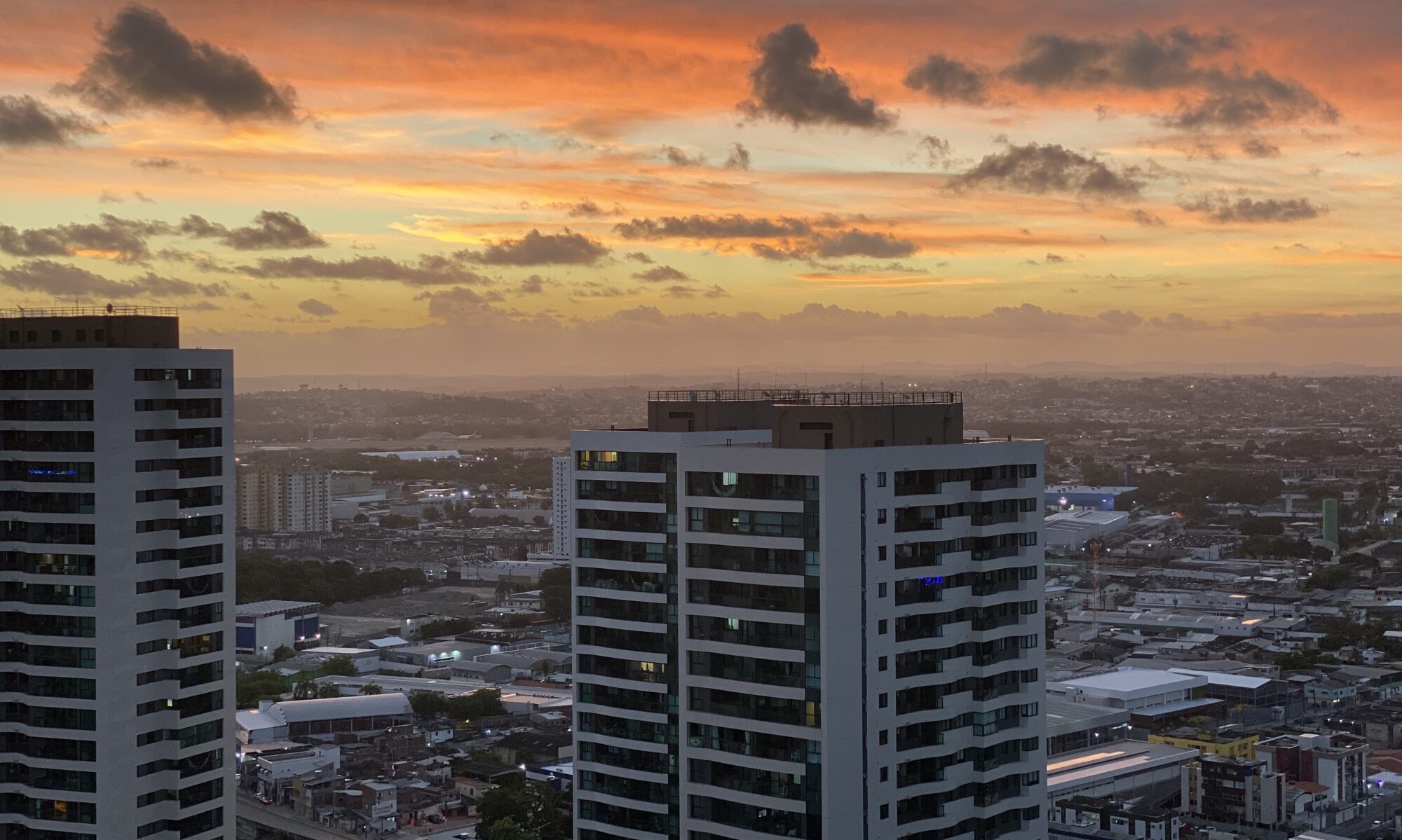Formed by the states of Espírito Santo, Minas Gerais, Rio de Janeiro and São Paulo, the South-east region occupies 10.85% of the Brazilian territory, with an area of 927,286.2 km2. It is situated in the highest part of the Atlantic Plateau in the area of the Mantigueira, Mar and Espinhaço mountain ranges. Its typical landscape consists of rounded mountain formations, called “mares de morros” (“seas of hills”) and “pães de açúcar” (“sugar loaves”) which are mountains with granite peaks. The predominant climate of the coastal strip is Atlantic tropical, whilst on the plateaux it is altitude tropical experiencing occasional frosts.
The tropical forest that originally existed along the coastal strip was devastated during the period of occupation of the territory and gave way to coffee plantations. In the state of Minas Gerais, the predominant vegetation is cerrado (scrubland) with bushes and grass, whilst in the valley of the River São Francisco and in the north of the state there is caatinga, the arid vegetation that is typical of the Brazil’s North-Eastern backland.
The plateaux of the South-East are a major source of hydroelectric power for the region. The largest power plant in operation is Urubupungá, on the River Paraná, dividing the states of São Paulo and Mato Grosso do Sul. Also in the South-East region are the sources of two of Brazil’s main hydrographic basins: the River Paraná basin which originates at the confluence of the Rivers Paranaíba and Grande, near the region known as the Triângulo Mineiro in the state of Minas Gerais, and that of the River São Francisco, which rises in the Serra da Canastra, also in Minas Gerais.
The South-East region has the largest population, totalling 67,003,069 inhabitants and accounting for 42.63% of Brazil’s total population, with an average life expectancy of 67.53 years. It is also the region with the highest demographic density (72.26 inhabitants/km2) and the highest urbanization index: 88%. It includes two of Brazil’s largest cities, São Paulo and Rio de Janeiro, in states bearing the same names. The city of Belo Horizonte, capital of the state of Minas Gerais, is considered to be an importantant regional centre.
Its economy is the most developed and industrialized of the economies of the five regions, accounting for more than half of Brazil’s production. It boasts the largest herds of cattle together with a significant agricultural output which includes the growing of sugar-cane, oranges and coffee on farms yielding high production and which are of a good technical standard. It also has reserves of iron and manganese in the Serra do Espinhaço in Minas Gerais, and reasonable quantities of oil in the Campos Basin in the state of Rio de Janeiro.

